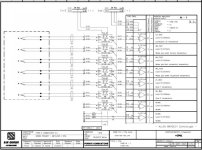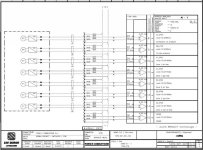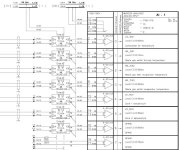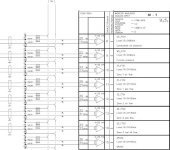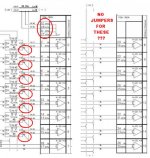Ron Beaufort
Lifetime Supporting Member
I still didn't try to install jumper.
well, that COULD be the source of ALL of your trouble ...
without the jumper, you might indeed have a certain amount of current (for example: 20 mA) following through your wires (and through your test meter) – BUT – if the jumper is not installed correctly then the amount of current that is actually flowing through the module's internal INPUT RECEIVER might not be 20 mA ... specifically, the current could be dividing – and flowing through other components inside the module ... (this is sometimes called a "backdoor" circuit) ...
there's no guarantee about all of this – but you really should install the jumper BEFORE you do anything else ... there's a reason for the jumper to be there – and if you don't connect it, then the module can't properly do its job ...
I need to wait weekend when factory stop Furnace.
sounds like a good plan – and I don't want to talk you out of it ... on the other hand, I know quite a few guys who would be willing to connect a small jumper wire on a 4 to 20 mA circuit – as long at the PLC program wasn't actively using that particular circuit at the time ... personally I think you should wait until the plant is shut down ...
And what do you mean to look in the scaling?
as near as I can tell by what you've posted, the scaling settings seem to be right ... what I meant was that you should make sure that everything ELSE is correct – before you mess around with the "calibration" ...
here's the game plan that I recommend (from where I sit on the other side of the world – and based on what you've posted so far) ...
install the jumper – then check your signals again ... I've got a hunch that you'll be pleasantly surprised by the results ...
good luck with your project ...
Last edited:




